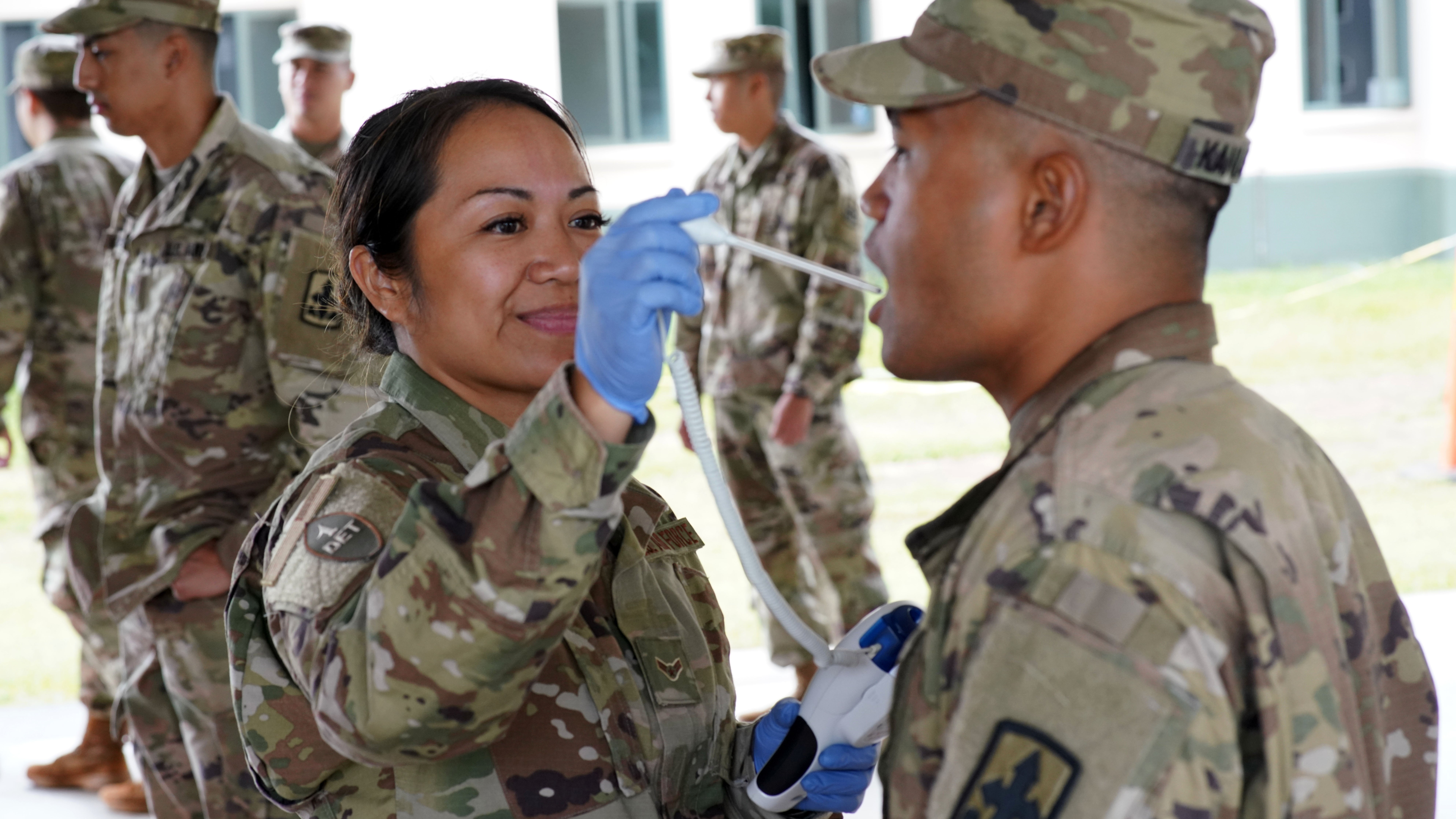Army Continues Ramping Up Amid Pandemic
Army Continues Ramping Up Amid Pandemic

One size does not fit all when it comes to the Army’s approach to doing business during the global COVID-19 pandemic, the Army’s top general said.
“We are continuing to assess the threat from this invisible virus,” Army Chief of Staff Gen. James McConville said during a virtual town hall on July 22.
Senior leaders are working closely with commanders overseas to “determine the best way to deploy” soldiers, he said, as the Army continues its efforts to mitigate the spread of the novel coronavirus.
Since March, the Army has implemented measures, such as restricted movement, 14-day quarantines, testing and screening “to protect the force and ... still accomplish the mission,” McConville said, noting that the Army’s “aggressive testing” of soldiers has allowed training to continue.
“You need to respect this virus,” McConville said. “You have to protect yourself, you have to protect your family, and the way that you do that ... is take the proper precautions.”
These precautions—washing hands, wearing a mask and social distancing—also apply during permanent change-of-station moves, Sgt. Maj. of the Army Michael Grinston said.
“Those still apply during the PCS move, no matter what state you're going to ... no matter where you're moving through and in and out of,” he said. “That’s how we can do the PCS moves through the season.”
The peak moving season, which normally runs from May to August, will stretch into at least November this year following DoD orders that halted almost all moves and travel for much of the spring and early summer.
Despite the challenges brought on by the pandemic, the Army’s “seeing the power of virtual instruction,” especially in its professional military education courses, McConville said.
“This is going to allow us to do a lot of things,” he said, including the chance to “take better care of families ... because we don't need to split up families as much” in some cases.
The Army leaders see a “hybrid” combination of in-person and online instruction in the future, McConville said, adding that “one size does not fit all.”
“We're going to take the best of what we learned virtually and apply that,” McConville said. “And then there are times where you just have to do things to face to face, because you can't telecommute to combat [and] you can't telecommute to everything we do in the Army.”

